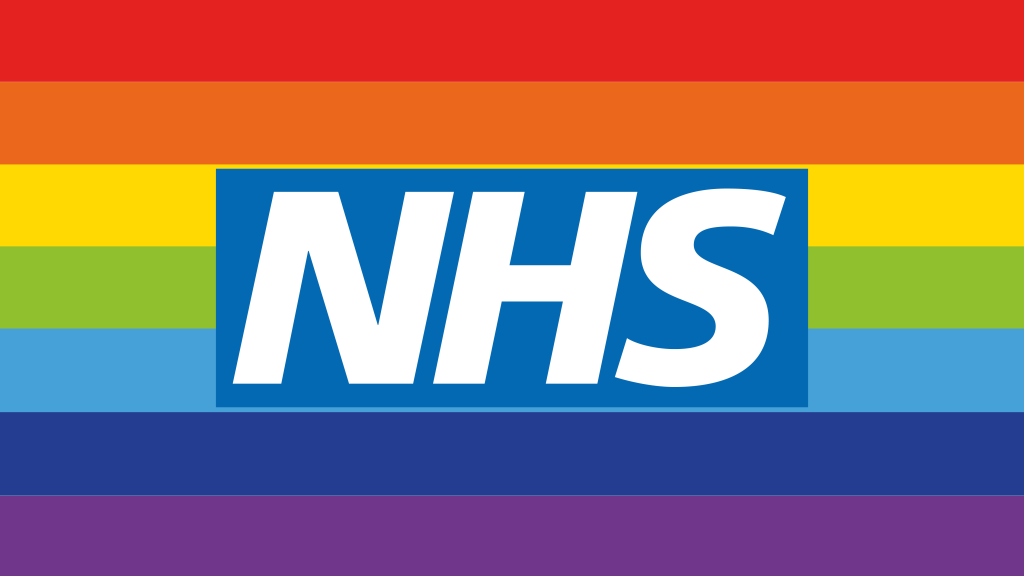

Blood is collected from almost all newborn babies in the UK and stored on blood spot cards. Here are some of the main uses of stored blood spot cards.
英国では、ほぼすべての新生児から血液を採取し、ブラッドスポットカードに保存しています。ここでは、保存された血液スポットカードの主な用途をご紹介します。
- Checking screening results and monitoring the screening programme:スクリーニング結果の確認とスクリーニングプログラムのモニタリング
- Investigating the cause of a baby’s death:赤ちゃんの死因を調査する
- Providing information about diseases that run in families:家族でかかる病気に関する情報提供
- Investigating a mother’s health:母親の健康調査
- Helping us learn more about genetic conditions:遺伝子の状態をより詳しく知るために
- How are the interests of the public protected?:国民の利益はどのように守られているのか?
- イギリス【NHS】 新生児検診 Newborn screening
Checking screening results and monitoring the screening programme:スクリーニング結果の確認とスクリーニングプログラムのモニタリング
Blood spot cards are used as part of the NHS Newborn Bloodspot Screening programme. Spots of blood are collected from babies using a heel prick test. These blood spots are tested to find whether the baby has 1 of nine 9 rare but serious conditions. Babies who test positive can be treated early, improving their health and, in some cases, preventing severe disability or even death.
血液スポットカードは、NHSの新生児血液スポット検査プログラムの一環として使用されます。かかと刺し検査で赤ちゃんから血液を採取します。この血液スポットを検査することで、赤ちゃんが9つのまれな、しかし深刻な症状を持っているかどうかを調べることができます。陽性と判定された赤ちゃんは、早期に治療を受けることができ、健康状態を改善し、場合によっては重度の障害や死亡を防ぐことができます。
Newborn screening laboratories use stored blood spot cards to monitor the screening programme, including double-checking babies’ results if necessary. Laboratory equipment and screening methods are also tested to maintain the high standards of the screening programme.
新生児スクリーニング検査室では、保存された血液スポットカードを使用して、必要に応じて赤ちゃんの結果を再確認するなど、スクリーニング・プログラムを監視しています。また、検査室の設備やスクリーニング方法も、スクリーニングプログラムの高い水準を維持するために検査されています。
Investigating the cause of a baby’s death:赤ちゃんの死因を調査する
If a baby has died but the cause is unclear, a doctor may request the baby’s stored blood spots be tested to try to find the cause of death.
赤ちゃんが亡くなったものの、原因がはっきりしない場合、医師は死因を特定するために赤ちゃんの保存されていた血液スポットの検査を依頼することがあります。
Stored blood spot cards have been used, for example, to find out whether a baby had a genetic condition that may have caused their death.
保存された血液スポットカードは、例えば、赤ちゃんの死因となった可能性のある遺伝子疾患を持っていたかどうかを調べるために使用されています。
Providing information about diseases that run in families:家族でかかる病気に関する情報提供
In some cases, testing a previous baby’s stored blood spots may also provide information about parents’ risk of having another baby with a certain condition in the future.
This may lead to tests being offered to other family members to find out if they have the same condition.
場合によっては、以前に生まれた赤ちゃんの血液を検査することで、ご両親が将来、ある疾患を持つ赤ちゃんをもう一人産む可能性があるかどうかについての情報を得ることができます。
その結果、他の家族が同じ病気を持っているかどうかを調べるための検査が提供されることもあります。
Investigating a mother’s health:母親の健康調査
It’s sometimes possible to find out information about a mother’s health from their babies’ blood spots. For example, by testing a baby’s dried blood spot, you can tell whether or not the mother has HIV.
赤ちゃんの血液から、お母さんの健康状態を知ることができる場合があります。例えば、赤ちゃんの乾燥血液を調べると、お母さんがHIVに感染しているかどうかがわかります。
Helping us learn more about genetic conditions:遺伝子の状態をより詳しく知るために
The blood spot cards have also been used for research into genetic conditions. For example, in some countries, the spots have been used to find out how many people carry genetic mutations that cause an inherited condition called primary haemochromatosis.
血液スポットカードは、遺伝的疾患の研究にも利用されています。例えば、ある国では、原発性血色素症と呼ばれる遺伝性疾患の原因となる遺伝子変異を持つ人が何人いるかを調べるために、このスポットが使われています。
How are the interests of the public protected?:国民の利益はどのように守られているのか?
There are a number of ways in which the interests of the public and personal information are protected.
国民の利益と個人情報を保護するために、さまざまな方法があります。
Regulations and laws:規制・法律
Strict guidance exists about who’s allowed to access these blood spot cards and how they can be used.
この血液スポットカードは、誰がアクセスでき、どのように使用できるのか、厳格なガイダンスが存在します。
The GOV.UK website has more information about the code of practice to govern the storage and use of newborn blood spot cards.
GOV.UKのウェブサイトには、新生児用血液スポットカードの保管と使用を規定する実践規範に関する詳細な情報が掲載されています。
Under the code of practice, it’s recommended the cards be stored for at least 5 years. Laboratory directors store them and ensure the guidelines are followed.
この実施基準によると、カードは少なくとも5年間保存することが推奨されています。研究所の責任者が保管し、ガイドラインが守られていることを確認しています。
Laws covering the use of the cards include the Data Protection Act 1998, the Health and Social Care Act 2001 and the Human Tissue Act 2004. Guidance on the management of blood spot cards has been developed with careful reference to these laws.
血液スポットカードの使用に関する法律には、1998年データ保護法、2001年保健社会福祉法、2004年人体組織法などがあります。血液スポットカードの管理に関するガイダンスは、これらの法律を注意深く参照しながら作成されています。
Ethical approval:倫理的承認
Stored blood spot cards can only be used in research approved by a medical research ethics committee.
保存された血液スポットカードは、医学研究倫理委員会で承認された研究にのみ使用することができます。
Parental consent:親権者の同意
When parents are offered newborn blood spot screening for their baby, they are given a pre-screening leaflet and have a discussion with their midwife. This is to help them make an informed choice. Parents are then asked to give consent to screening.
新生児血液スポット検査を受ける場合、ご両親には検査前のリーフレットをお渡しし、助産師と話し合っていただきます。これは、十分な情報を得た上で選択することを支援するためです。その後、ご両親はスクリーニングに同意するよう求められます。
Anonymity and confidentiality:匿名性と機密性
Steps are taken to keep private any personal information contained in, or linked in any way to, the blood spot card collection.
Where blood spot cards are used anonymously, identifying information is separated from the spots before they are tested.
血液スポットカードの収集に含まれる、または何らかの形で関連する個人情報を非公開にするための措置がとられています。
血液スポットカードが匿名で使用される場合、識別情報は検査前にスポットから分離されます。
When identifiable blood spots are used for research that parents or patients have given their consent to, steps are taken to protect patient confidentiality.
When the newborn blood spots are collected, parents can choose whether or not they want to receive invitations to take part in this type of research in future.
保護者や患者さんの同意を得て、個人を特定できる血液スポットを研究に使用する場合は、患者さんの秘密を保護するための措置がとられます。
新生児の血液スポットを採取する際、保護者の方は、今後この種の研究に参加するための招待を受けるかどうかを選択することができます。


コメント